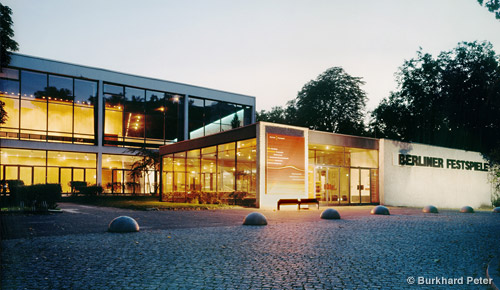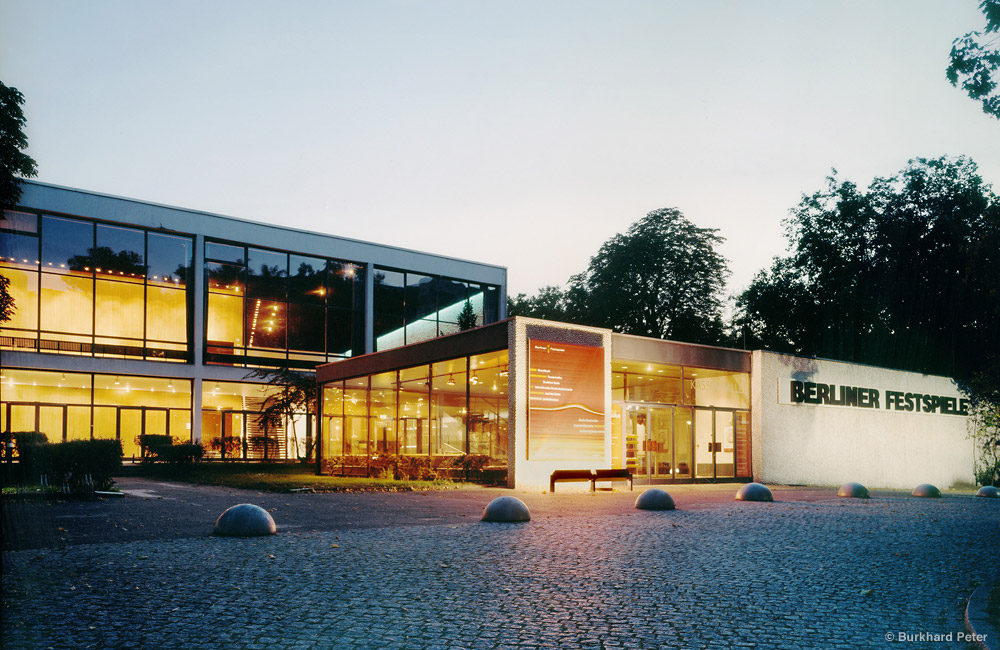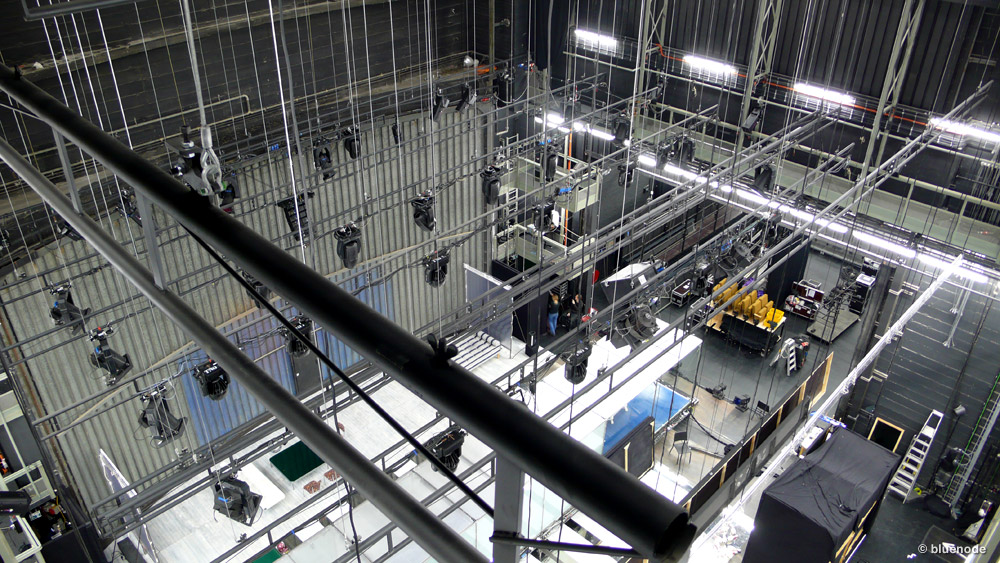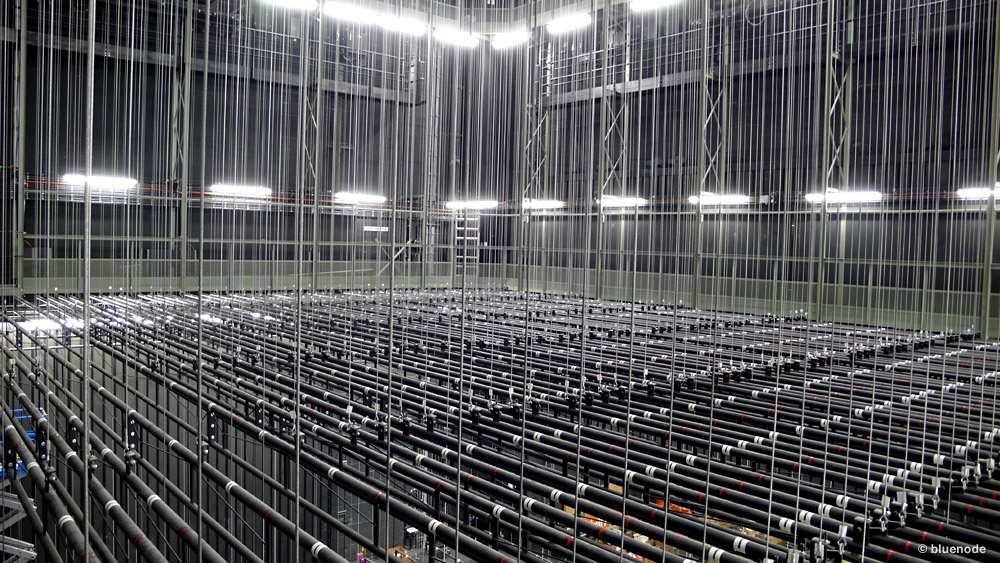
Haus der Berliner Festspiele
Haus der Berliner Festspiele
Berlin, Germany
Type:
Renovation
Scope of works:
Concept and design of fully automated Overstage and Understage Machinery Systems; Production Lighting System; Audio/Video Systems; Communication Systems; Stage Flooring; Mobile Cinema Equipment;
Partner:
AMT Ingenieursgesellschaft mbH & Theateradvies bv
Client:
Kulturveranstaltungen des Bundes in Berlin GmbH (Federal Cultural Department of Germany), Berlin, Germany
Haus der Berliner Festspiele hosts several theatre festivals such as Theatertreffen, Internationales Literaturfestival berlin, spielzeit’europa, as well as music festivals such as MaerzMusik, musikfest berlin, JazzFest Berlin, and movie festivals such as Berlinale.
The House is well known for Theatertreffen, as annual festival when the best German-speaking productions fro Germany, Austria and Switzerland are invited to perform in the theatre.
The theatre opened in 1963 as a repertory theatre under the name ‘Theater der Freien Volksbühne’. The first director was legendary Erwin Piscator. Built by renowned architect Fritz Bornemann, it is classified as one of the best German theatre buildings of the postwar period.
The theatre was fully renovated during 2010 and 2011. All stage technology systems have been renewed and the theatre is now rated as one of the best receiving theatres in Germany.
The big challenge of this project was the construction in 3 phases with shows in between these phases. This required a thoroughly planned sequence of works including temporary measures like the use of mobile systems.
The Flying Machinery of the Main Stage comprises 81 motorised Fly Bar Winches including Side Fly Bars. The Proscenium Bridge is designed as a mobile unit and can be suspended from any 6 Flying Bars or unhooked and divided into 3 parts for storage.
Flexible Proscenium Towers are also suspended from the Flying Bars and can be adjusted to the position of the Proscenium Bridge. Mobile Point Hoist Winches complete the overstage machinery.
All Lighting Galleries in the Fly Tower as well as the Fly Grid have been redone completely. In addition, the steel beams of the roof were reinforced for higher loads.
All floor structures of the Side and Rear Stages as well as steel substructures of the Main Stage including the Turntable were reinforced for a load capacity of 1000 kg/m2.
The entire Forestage area has been restructured and the fixed stage edge was removed. All three Orchestra Elevators were replaced and can now be equipped with Seating Wagons to increase Auditorium capacity.
The Safety Curtain, which originally sat on the fixed stage edge, has been supplemented by a retractable lower part.
The drive system of the Turntable was also replaced.
The entire Production Lighting System as well as the White and Blue Light System were replaced with modern network based systems.
Audio and Video Systems as well as Communication Systems were also updated. A Voice Alarm System in accordance with DIN EN 60849 has been installed in the entire venue.
The Side Stage was re-developed and can now be used as indepenent Studio Theater with Lighting Galleries, Flying Machinery, as well as Production Lighting, Audio/Video and Communication Systems.
Consultants
& Engineers





